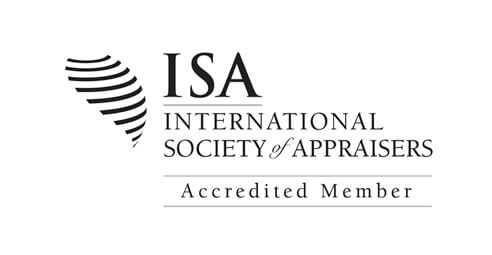The Internal Revenue Service’s (IRS) Art Advisory Panel was founded in a swirl of controversy in 1968-and continues to stir up mixed feelings. The 1 February 1968 edition of The New York Times carried the headline: “10 Experts to Aid Tax Men on Art: Aim Is to Prevent Abuses in Listing Gifts to Museums”. Today, much of the panel’s activities are focused on assessing the worth of donations and the value of estates.
While the IRS issues annual reports on the panel’s activity, it is safe to say that only lawyers and some collectors read it. However, the “veil of secrecy” was pulled back recently to let The Art Newspaper view the process during a period one art world expert termed “these turbulent times”.
The panel’s 2008 Annual Report gives a glimpse of the scale of the panel’s activities. It reviewed 973 items with an aggregate taxpayer valuation of $230m, a total of 179 cases. (If a donation’s value exceeds $20,000, or $3.5m for an estate, it is automatically passed to the panel, while others are referred by IRS inspectors in the field.) The claimed value of the average charitable contribution was $629,064 and the average estate and gift item was $142,629. The panel recommended adjustments of $63.5m on the items reviewed. The panel adjusted overvalued charitable contributions downward 51% and adjusted estate and undervalued items up 91%.
That record demonstrates one past panel member’s verdict: “It’s simply human nature to want to save money.” Donors tend to value donations upward while estates prefer to estimate on the lower end. In the past three years, the panel has accepted valuations on an average of only 39% of cases examined.
The panel, which now numbers 22 people, is divided into two groups: painting and sculpture, which has seven museum representatives and nine dealers, and which meets twice a year in Washington, DC; and decorative arts, which has two museum curators, three dealers and one auctioneer. It meets only once each year, around June. Meetings last one day unless a large estate is involved.
The panelists include Michael Findlay of New York’s Acquavella Galleries, Andrew Robison at the National Gallery of Art, Washington, DC, New York dealer David Tunick, Ian Kennedy at the Nelson-Atkins Museum of Art in Kansas City, and Scott Schaefer of the Getty in Los Angeles, among others. A panel member’s work is not confined to the twice-yearly meetings. When a donation is referred, a file of images, substantiating evidence and research is shipped to each panelist weeks in advance of the meeting. Upward of 250 files to be considered are shipped to each member, of which only 20% to 25% will be works in a panelist’s subject area. Shipping every file to every panelist provokes lively discussion among all members.
Karen Carolan, who joined the IRS in 1974 and became director in 1983, has just stepped down to be succeeded by her deputy Joseph Bothwell, who has served since 1978. Carolan told us that she liked spirited debate, to arrive at the best possible consensus price. Members are not told the identity of the collector or whether it is an estate or individual donation. Multiple works from an estate are considered in alphabetical order to disguise their origin.
The differences in valuation between the submission and the Art Advisory Panel’s verdict may reflect the original appraiser’s ignorance of the market or something more sinister. According to Findlay, some appraisals “reflect the need for more objectivity and less of a desire to provide clients with what they want or feel they deserve”.
(Reference: The Art Newspaper)

